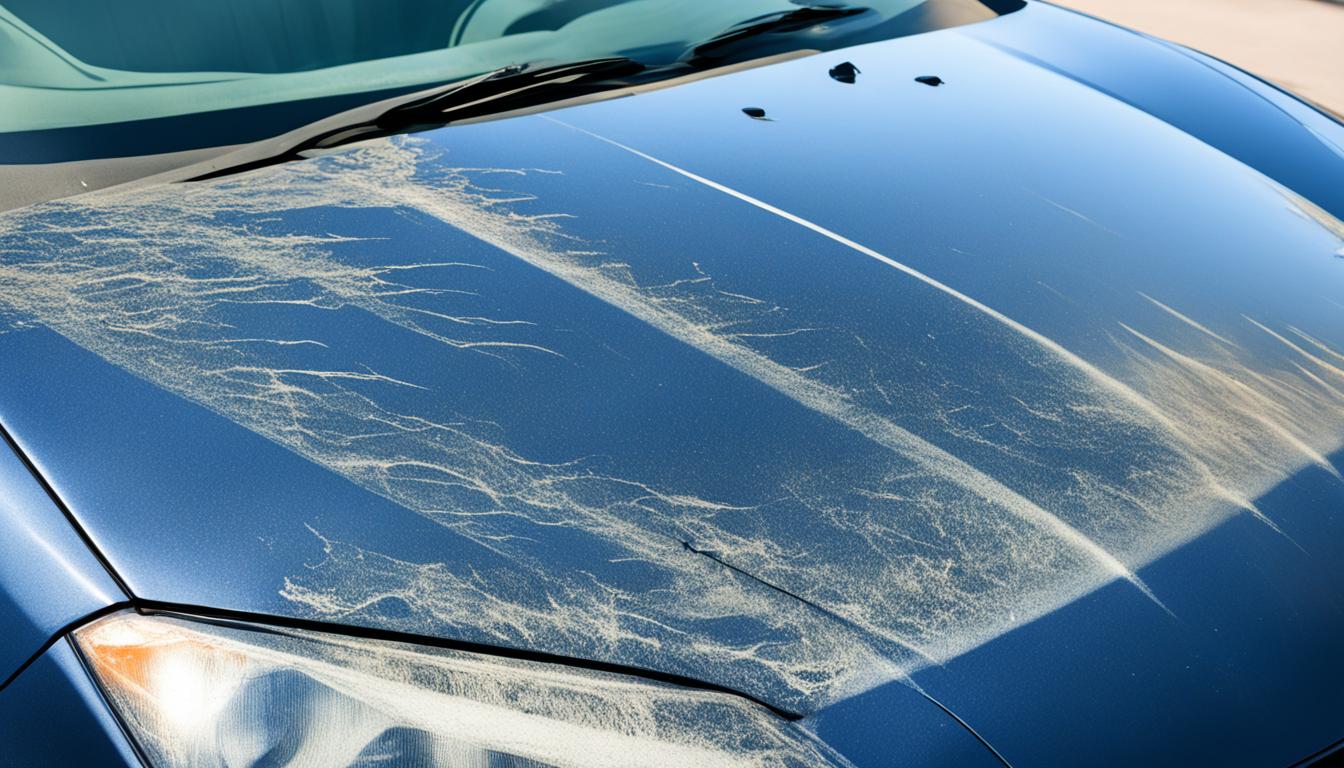Sun Effects Car Condition

Solar Flare: How the Sun Affects Your Car's Condition
Did you know that the sun's activity can have a direct impact on the condition of your car? It's not just about the UV damage to your vehicle's paintwork. The sun's powerful solar flares, specifically Coronal Mass Ejections (CMEs), can disrupt electronic systems in your car, leading to potential damage and malfunctions. These CMEs, which occur on a cycle, can interfere with the Earth's protective magnetosphere and create disturbances that affect navigation, communication, and power infrastructure.
Maximize your car's potential with our top-tier detailing service! Book online at Top Choice Car Detailing. For a personalized quote, call (289) 552 2545. Elevate your car's appearance with Toronto's experts today! 🚗✨

Protecting your car from the effects of solar flares is essential to maintain its longevity and performance. Understanding the impact of solar radiation on electronics and taking appropriate measures can ensure the uninterrupted functionality of critical systems, including those found in autonomous vehicles.
Key Takeaways:
- Solar flares, specifically Coronal Mass Ejections (CMEs), can disrupt electronic systems in cars.
- CMEs can interfere with navigation, communication, and power infrastructure.
- Protecting your car from the effects of solar flares is crucial for its longevity and performance.
- Understanding and mitigating the impact of solar radiation on electronics is essential for autonomous vehicles.
- Proper maintenance and care can help minimize potential damage caused by solar flares.
Elevate your driving experience with exceptional car care. Visit Top Choice Car Detailing and secure your spot with our easy online booking. For bespoke service quotes directly aligned with your needs, give us a shout at (289) 552 2545. Trust Toronto's leading experts to rejuvenate your vehicle's look!
The Impact of Solar Radiation on Electronics
Solar radiation, a consequence of solar flares, can have detrimental effects on digital electronics, especially as digital systems become smaller and more vulnerable. These solar flares emit radiation that can cause temporary spikes in radiation and geomagnetic activity, leading to what is known as "bit flips" in computer memories.
Bit flips occur when the radiation causes an interchange of zeros and ones in the binary code critical for the functioning of electronic devices. This can disrupt the expected operations of the systems and potentially introduce errors or malfunctions.
One area where the impact of solar radiation is particularly noteworthy is in autonomous cars. Graphics processing units (GPUs) used for object recognition and navigation in autonomous vehicles are especially susceptible to the effects of solar radiation due to their complex digital processing requirements.
Researchers are diligently working to simulate and understand the impact of solar radiation on electronics, aiming to find effective solutions to minimize disruptions. Companies such as NVIDIA and ARM are already actively involved in developing software that is more resilient to solar flares.

Ensuring that electronic systems, including those in autonomous cars, can withstand solar storms is crucial. Efforts are focused on identifying and implementing protective measures to enable these systems to continue operating seamlessly, even under the influence of solar radiation.
Solar Storms and Autonomous Car Navigation
Solar storms, characterized by massive eruptions of energy from the sun, can potentially affect the navigation capabilities of autonomous cars. These storms can cause temporary disruptions in the connection between self-driving cars and GPS satellites, leading to a loss of location accuracy.
Solar storms are rated on a five-level scale, with level-five storms being the most severe, capable of disrupting satellite and radio communications. To help operators of autonomous cars prepare for potential issues, the National Center for Atmospheric Research suggests including solar storm warnings in future weather reports.
While autonomous cars rely on GPS for navigation, they can also compare sensor data to digital maps to determine their location. However, the vulnerability of GPS networks to solar storms highlights the challenges of making autonomous cars resilient to real-world conditions. Understanding and predicting space weather becomes crucial to minimize potential disruptions and ensure the safe operation of autonomous vehicles.
